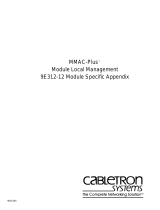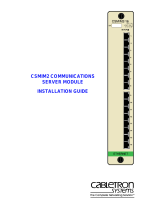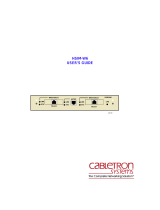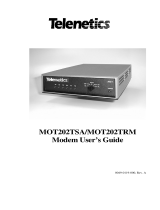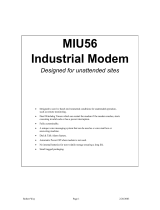
Table of Contents
x CSMIM-T1 Hardware Installation Guide
2.8.1 Invoking the Console Monitor........................................2-15
2.8.2 Self-Booting the CSMIM-T1 ..........................................2-15
2.8.3 Reloading EFS Key Value.............................................2-16
CHAPTER 3 ROM MONITOR COMMANDS
3.1 General ........................................................................................3-1
3.2 Commands...................................................................................3-3
3.2.1 addr.................................................................................3-3
3.2.2 boot .................................................................................3-5
3.2.3 config.............................................................................3-11
3.2.4 console-baud.................................................................3-12
3.2.5 erase .............................................................................3-13
3.2.6 help................................................................................3-14
3.2.7 image.............................................................................3-14
3.2.8 ipx..................................................................................3-15
3.2.9 lat_key...........................................................................3-16
3.2.10 mop ...............................................................................3-17
3.2.11 net .................................................................................3-17
3.2.12 option_key.....................................................................3-18
3.2.13 ping................................................................................3-18
3.2.14 ports ..............................................................................3-19
3.2.15 sequence.......................................................................3-21
3.2.16 slip.................................................................................3-22
3.2.17 stats...............................................................................3-25
CHAPTER 4 CSMIM-T1 PARAMETERS
4.1 General ........................................................................................4-1
4.2 T-1 Commands ............................................................................4-1
4.3 T-1 Parameters............................................................................4-8
4.4 Parameter Descriptions ...............................................................4-9
4.5 Set T-1 Parameters Example.....................................................4-13
CHAPTER 5 TROUBLESHOOTING PROCEDURES
5.1 General ........................................................................................5-1
5.2 Power-Up and Boot Procedures ..................................................5-4
5.2.1 Normal Mode CSMIM-T1 Diagnostics.............................5-4
5.2.1.1 Normal Mode Error-Free Sequence................5-5
5.2.1.2 Normal Mode Error Sequence........................5-6
5.2.2 SET UP Mode .................................................................5-7
5.2.2.1 SETUP Mode Error-Free Sequence...............5-7
5.2.2.2 SETUP Mode Error States..............................5-8
5.3 BOOT Failures.............................................................................5-9




















